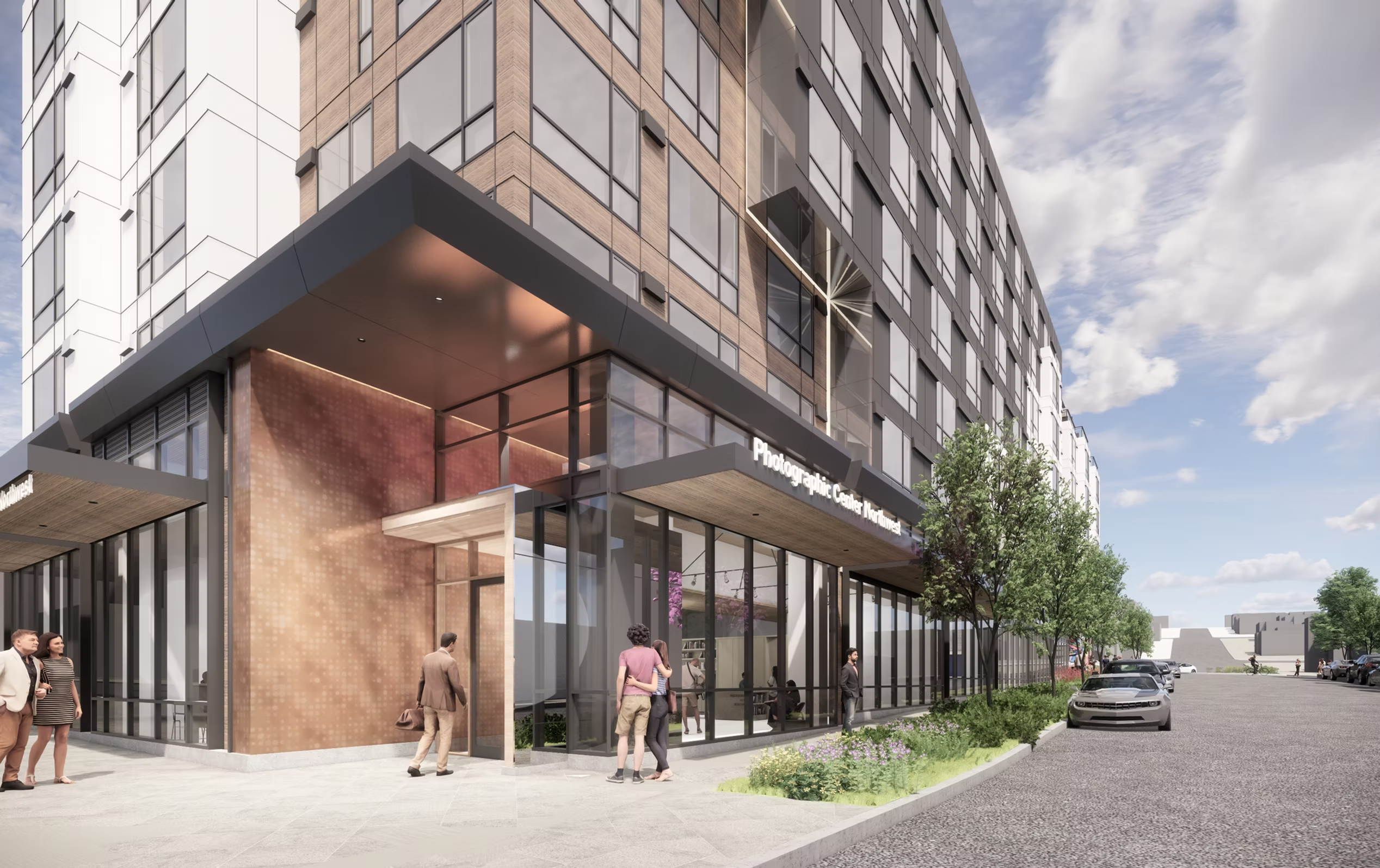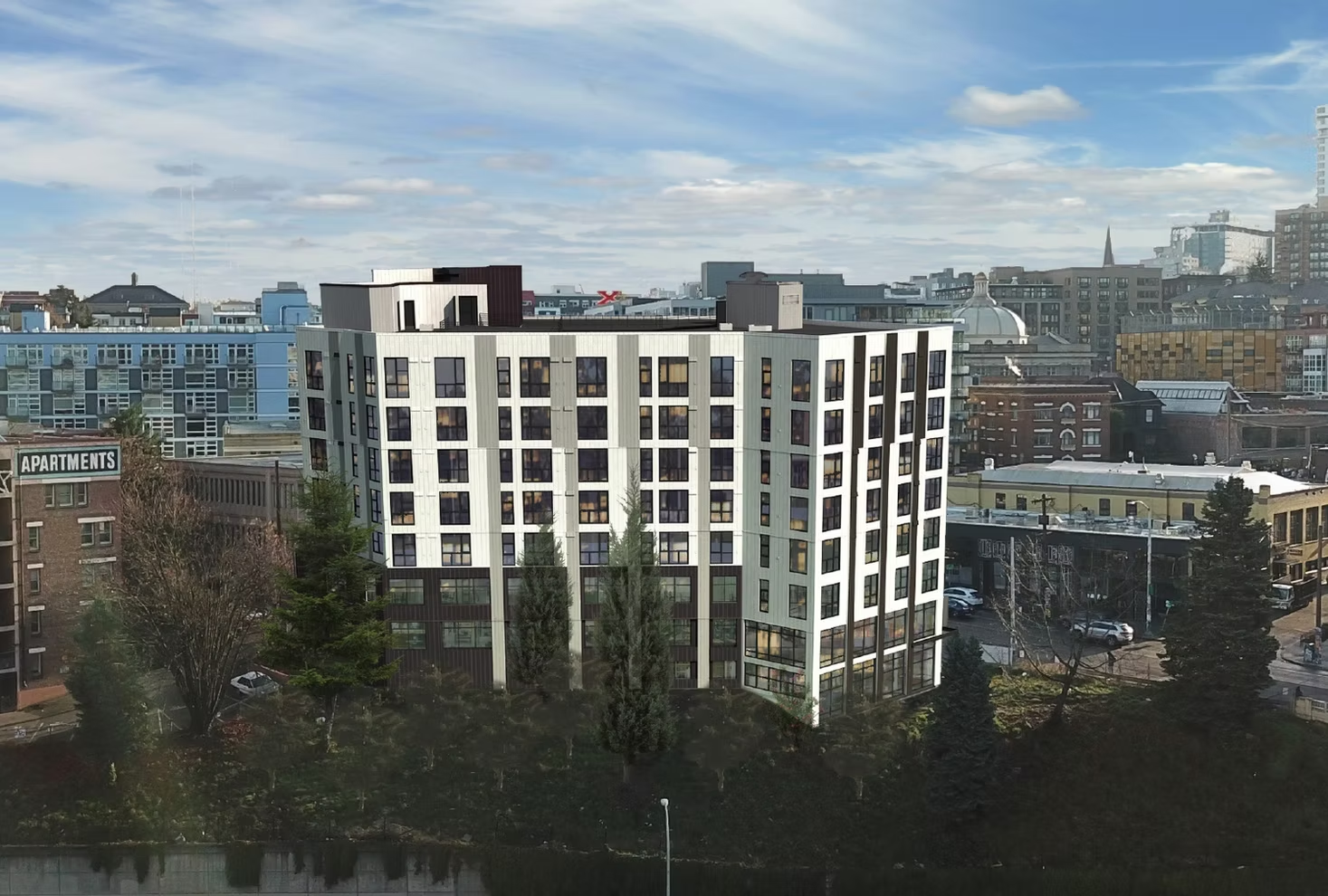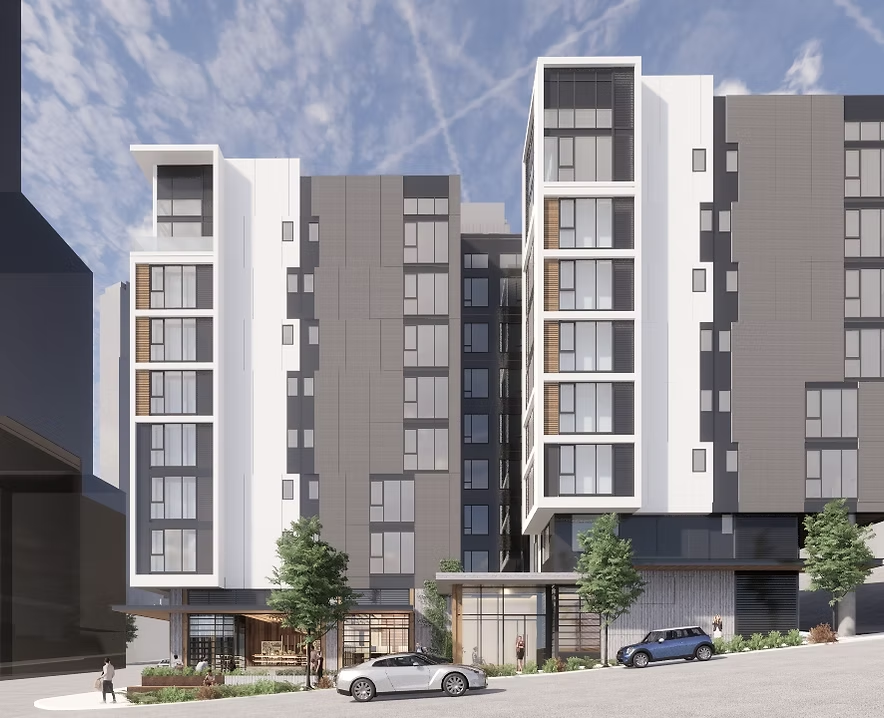Regional Market Dynamics Favor More Housing Supply
- AGM REAL ESTATE
- May 27, 2022
- 2 min read
Updated: May 2
The Pacific Northwest, led by the greater Seattle region, is experiencing a confluence of demographic, economic, and policy-driven trends that collectively signal a critical and sustained need for additional housing supply. Despite recent development activity, structural undersupply and future constraints suggest a long-term imbalance that favors continued investment in new housing projects, particularly in urban centers.

Population & Employment Growth
King County continues to experience consistent population gains alongside a robust employment base. Driven by tech-sector expansion, healthcare growth, and inbound migration, the region's labor force has become a powerful demand engine for both market-rate and workforce housing. This trend shows no signs of reversing, particularly with Seattle maintaining its status as a major innovation and lifestyle hub.

Rising Median Household Income
Household incomes in the Seattle metro area are rising at a pace that outstrips national averages. This wage growth increases consumer purchasing power and supports higher rents, making the market attractive for multifamily investors and developers. While affordability remains a concern, the elevated income levels help underwrite development feasibility across a range of housing types.

Decreasing Average Household Size (In-progress)
A demographic shift toward smaller households—fueled by lifestyle preferences, delayed family formation, and aging populations—has led to more households per capita. Even if the population growth were to moderate, the demand for housing units would continue to rise simply due to this fragmentation. Smaller unit types and rental apartments are especially well positioned to capture this growing demand.
Long-term Housing Shortfall
Despite recent increases in development activity, the region remains structurally under-built. Long-range housing forecasts project that the Pacific Northwest, and King County in particular, will face a persistent housing shortfall for decades. Without a meaningful increase in new construction, this imbalance will exacerbate affordability challenges and limit economic mobility.
Housing Supply Constraints Ahead
The region’s recent construction boom is tapering off. Permit applications for new multifamily and mixed-use developments have declined to levels below the pre-pandemic average, constrained by rising construction costs, regulatory delays, and financing headwinds. As the pipeline thins and existing projects are absorbed, rental vacancies will likely compress—placing further upward pressure on rents.





